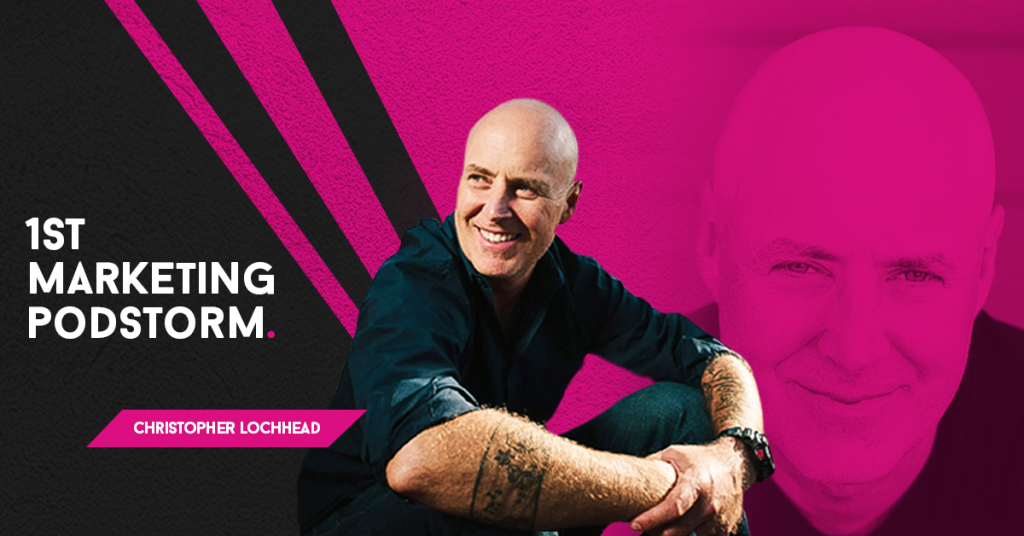A Podstorm: A Powerful Idea For Podcasters & Podcast Listeners

Merriam-Webster defines a Tweetstorm as: “A series of related tweets posted by a Twitter user in quick succession.”
So then what exactly is a Podstorm?
“A Podstorm is a series of related episodes posted in quick succession by a podcaster.”
In May 2020, we launched the first-ever #Podstorm with my marketing podcast releasing a new episode each day for our loyal listeners.
The intention here is to provide immediate, helpful insight at a time when the world needs it most. Instead of waiting to release episodes each week, a #Podstorm felt like a more relevant way to dive head-first into the conversations business owners and marketers were having all across social media about how to keep their businesses alive through the economic downturn brought on by COVID-19.
Here are the benefits of launching a Podstorm, and why this will become a powerful new marketing mechanism for podcasters.
For the listener, a Podstorm is a way to consume rapid-fire content from a podcaster they love, on a topic (or set of topics) they believe are important.
If you think about traditional media, the Wall Street Journal, New York Times, etc., when these outlets publish a series on a topic (say, entrepreneurship), the series would come out slowly over time. There would be a very high level of quality control. Demand would be manufactured by hoping audiences tuned in every Monday for however many weeks in a row. And while the final product might be great, it forces the reader, listener, and customer to wait.
This approach only works for timeless content.
When it comes to timely (or extremely timely) content, elongated series’ like these don’t work. They aren’t effective at engaging with communities in the here and now.
A Podstorm, on the other hand, is rapid-fire. If you care about a topic (or in this case, if there’s something massive happening in the world—like a recession), then you aren’t going to enjoy waiting for new pieces of content to come out once a week. As a listener, what you want is content and insight right now. You want to know you aren’t alone, and there are resources out there to help you.
For example, we decided to do a Podstorm because we realized our audience, or at least a component of our audience—marketing professionals, business leaders, CEOs, etc.—were starving for content around how to navigate a recession.
Instead of letting content trickle out, a Podstorm allows us to jump on the problem. We’re saying, “For 30 days, you can count on us for fresh new content to spark ideas, creativity, and solutions in these difficult times.” Some episodes might suck. Other episodes might be some of our best episodes ever. What matters is the consistency of volume, in a short amount of time, related to the timely needs of our loyal listeners.
For a podcaster, a Podstorm is a great way to provide maximum value for minimum time, against a topic that has some urgency associated with it.
We are living in a time where authenticity matters more than arguably anything else.
If you are a podcaster, then you need to realize you have a responsibility to your listeners. Especially the ones who tune into your show day in and day out, you are one of the first people they are going to turn to for help when shit goes wrong in their world. They want to know how you’re handling whatever is happening in the world, too. They care about you, and more importantly, their relationship with you. They want to know you and them are going to be OK.
Personally, when COVID-19 started, there were certain media personalities and fellow podcasters I wanted more from. I wanted to hear from them. I wanted to know what they were thinking and feeling about what was happening in the world. Instead, a lot of podcasters steered away from talking about the coronavirus. What could have been a terrific moment of leadership, turned into an excuse to distance themselves from their audiences.
A Podstorm is your opportunity to lean into the moment and create new demand for your podcast category.
In return, your listeners will see you as more engaged, radically generous, and connected to the needs of your listeners in the present moment.

